Letters to the Caspian Sea
Dear Caspian,
Over the years it's getting harder and harder for me to see you. I remember the iridescent swell on your surface and small islands. I remember how calm you were when a strong wind blew between me and the peninsula. Every day I follow the sun that slides over you, which eventually begins to hide behind me.
Sincerely,
Bayil


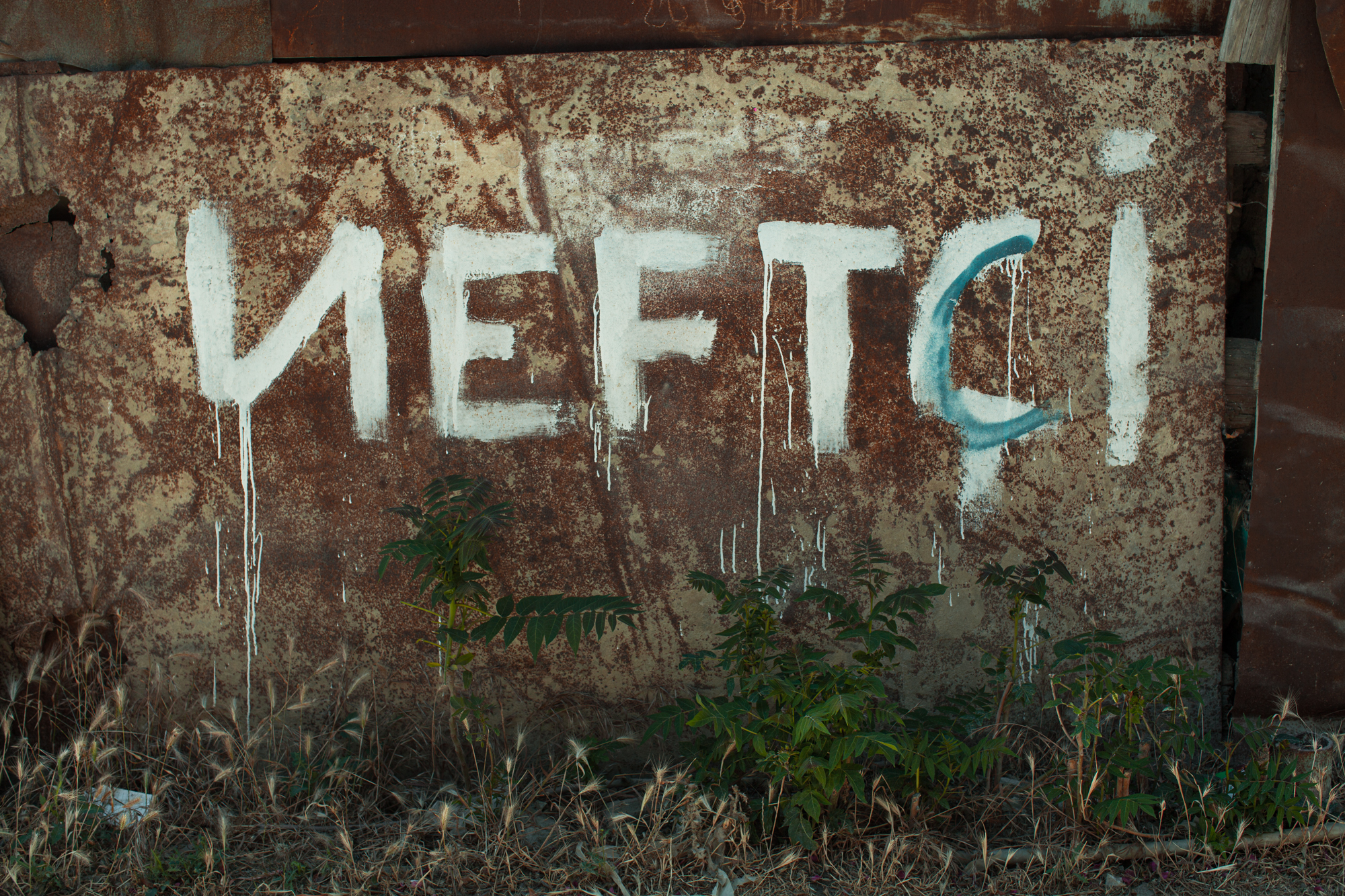
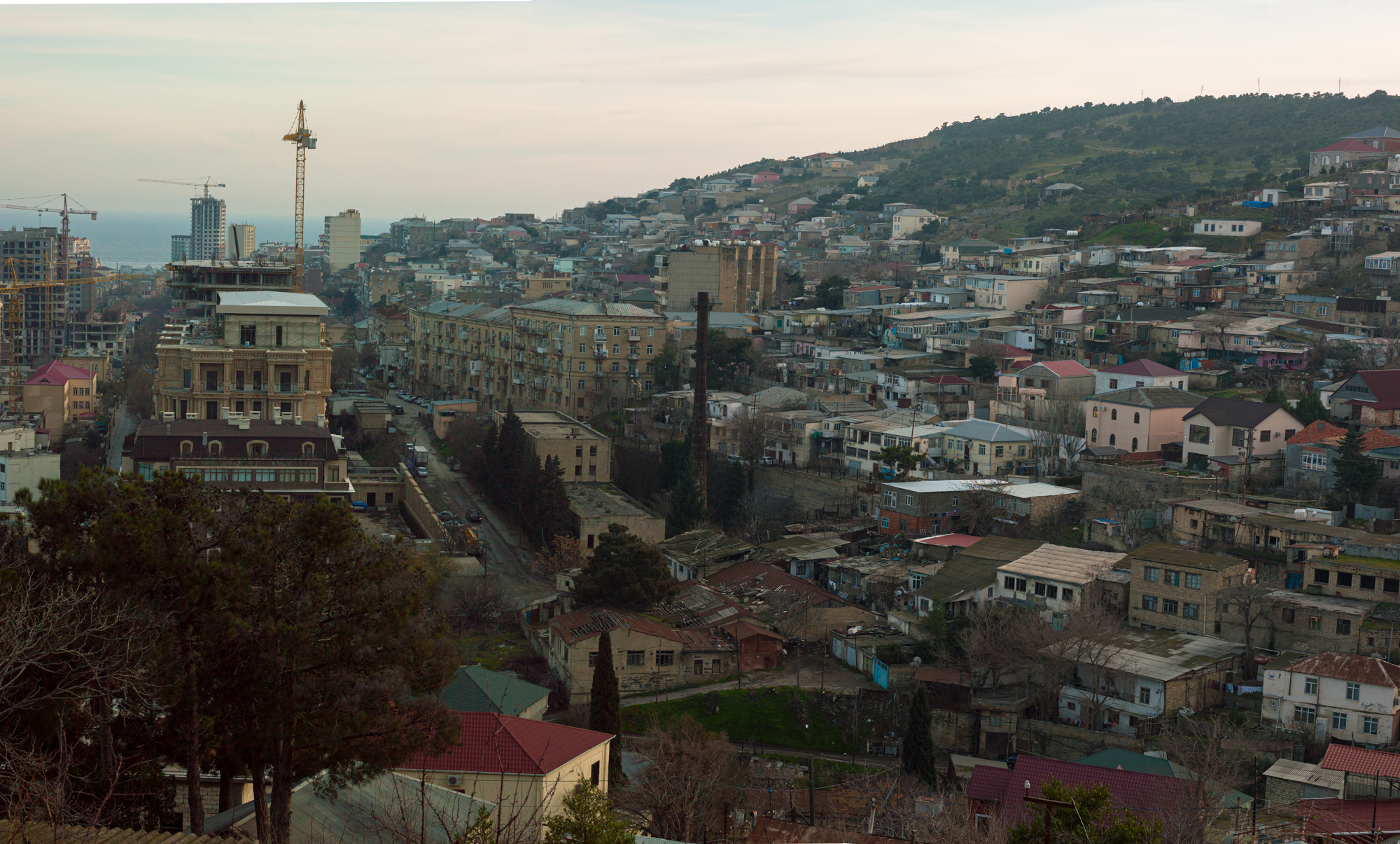
Construction on the territory assigned to the Maritime Department began in 1858 and in a short time, the general contours of the admiralty and the port began to emerge, as well as the shape of the quarters built directly outside the military settlement. This marked the beginning of the independent military-administrative and residential area of the city. The layout of Bayil was created within the port with the admiralty, the administrative-public zone and the residential territory, which included the officer and sailor quarters.
The first residential areas in Bayil grew along the road that runs from the Bailovsky Cape to the mosque in Shikhov. Bayil was expanded toward Baku after the creation of Black City and the opening of oil fields in the Bibi Heybat region. In 1870-1880, the oil began to be transported along this road from the Bibi-Heybat fields to the factories in Black City. Construction materials and fishing equipment moved in the opposite direction. Rows of eateries, tea houses and shops for workers and field workers lined the road. By the end of the 19th century, the residential area spread across the steep slopes and moved toward the city, which outgrew its borders and merged with the surrounding areas. The center of Bayil remained in the port area. Year by year, the former energy center, rich in oil, becomes a modern coastal residential area.
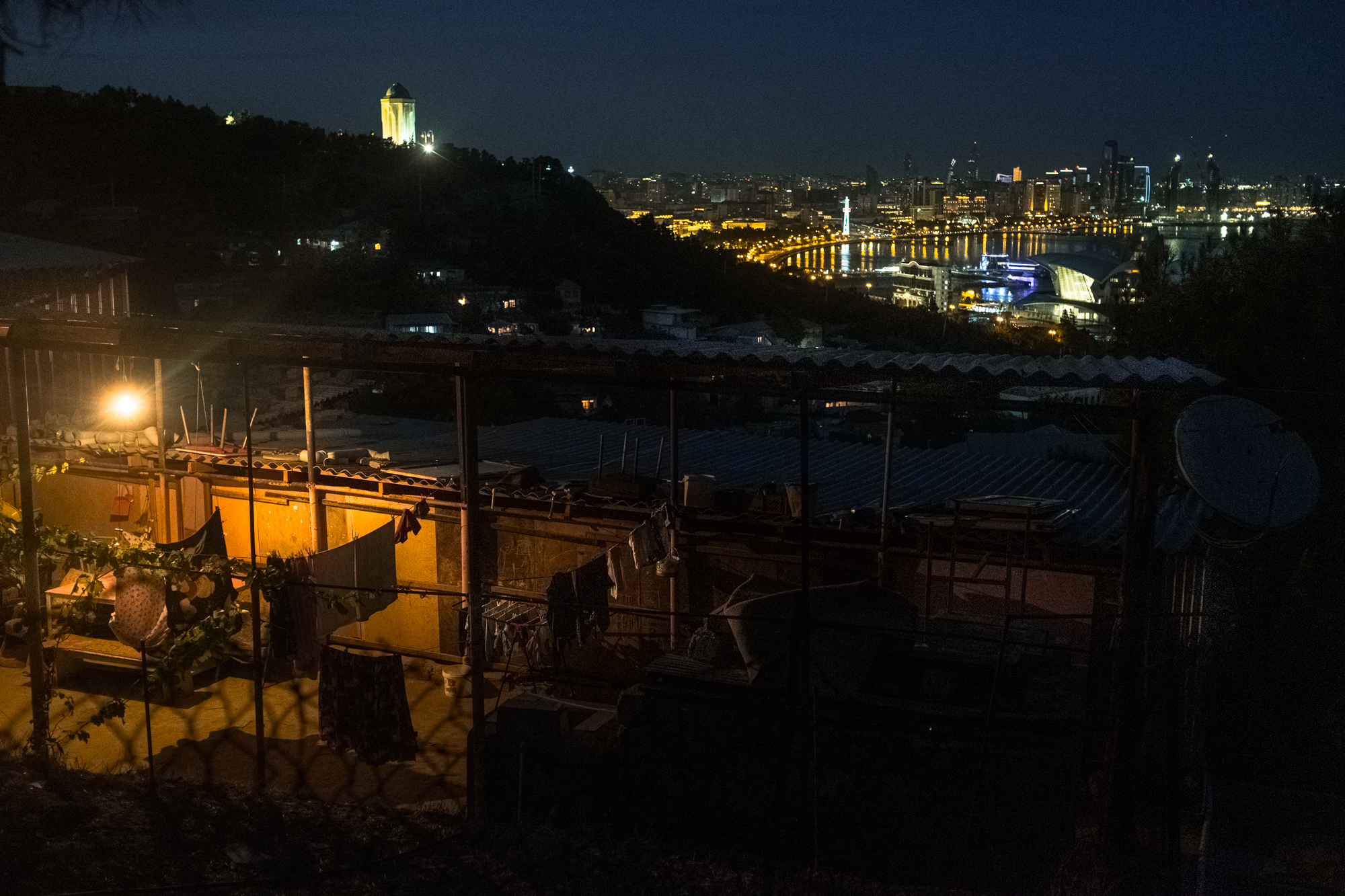

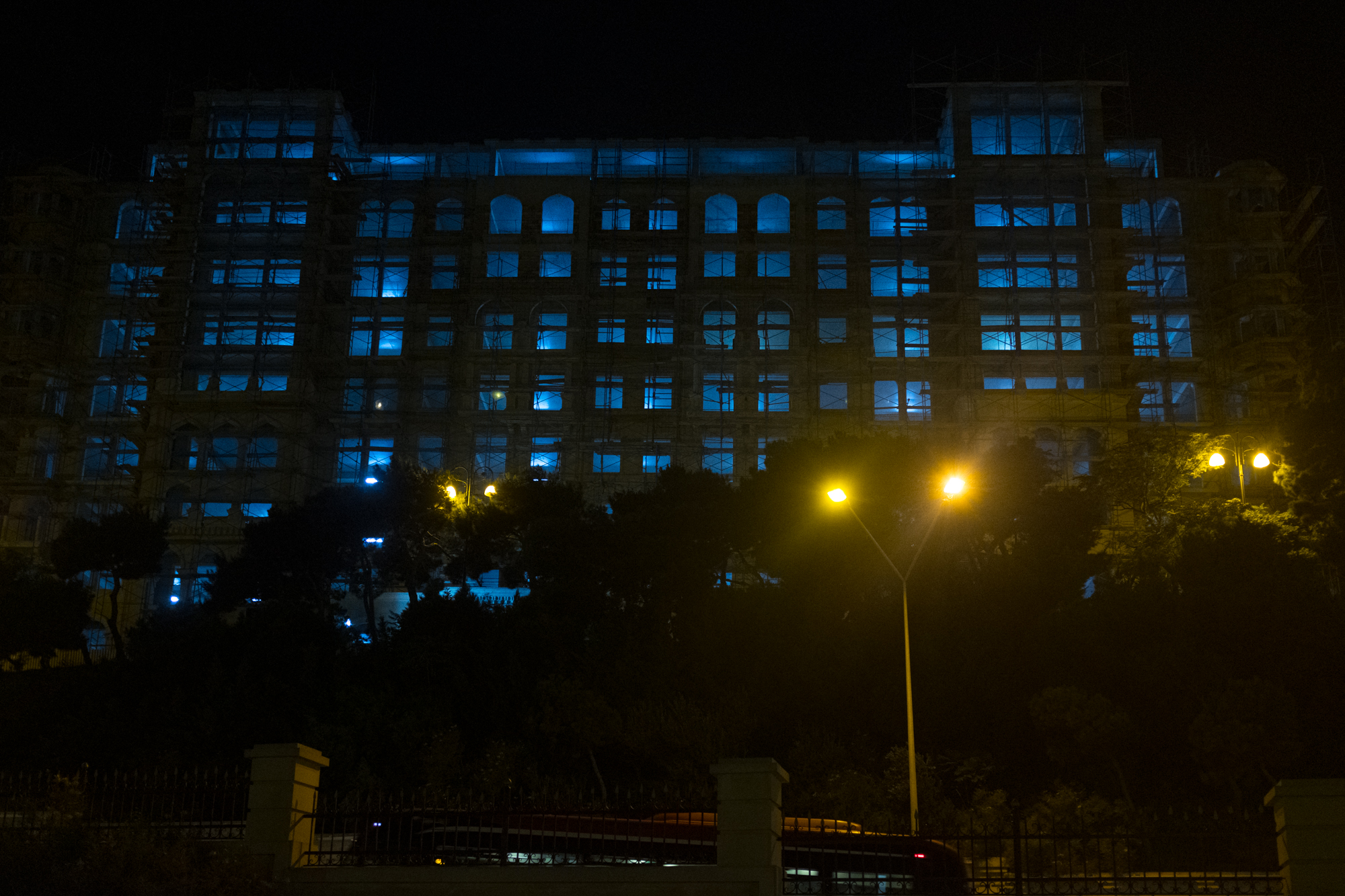
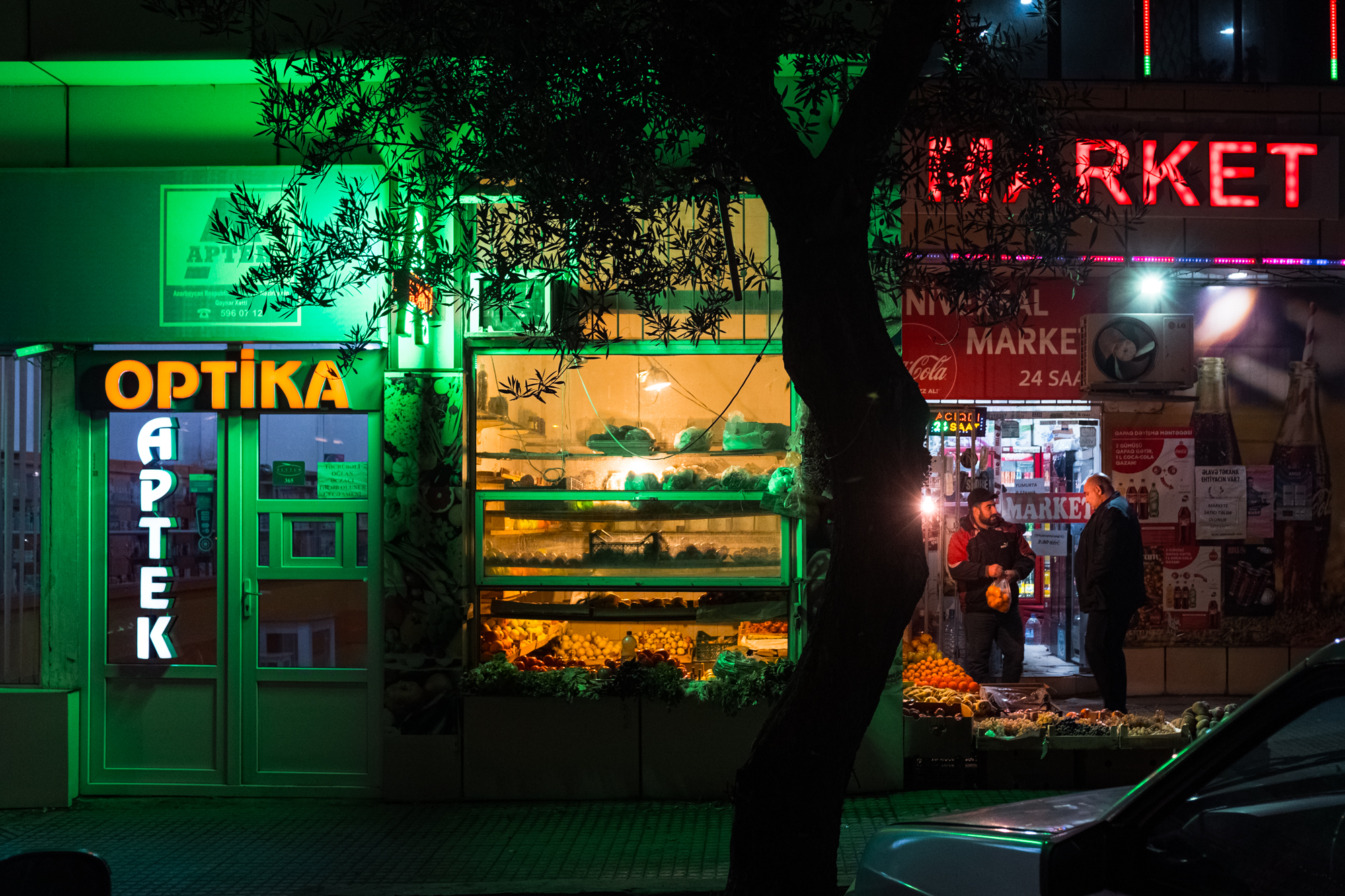

Until recently, the people who settled in this area lived alongside the oil pumps.
Bayil is also known as one of the most destructive and economically damaging landslide zones in Azerbaijan. For this reason, no construction work was carried out in the area during the Soviet period, although later a large number of houses, dining establishments, and villas were built in the area. The most devastating landslide in the last 100 years was on March 6-7, 2000. It resulted in 200 damaged private houses; 43 of which were beyond repair.
Each of the facilities in Bayil has its own special history: one was the former prison No. 1, known as Bayil Prison. Until recently, it was the oldest and largest remand prison in Azerbaijan.
The most famous prisoner at Bayil prison was Joseph Vissarionovich Stalin, known as Koba at that time. Stalin served his sentence in cell number 39.
Until the abolition of the death penalty in 1998, those sentenced to death in Azerbaijan were held in the prison’s notorious “Fifth Corps”.
In 2009, the prison was torn down to build Flag Square, despite civil activists' requests to turn it into a museum.

Dear Bayil,
Yes, I missed those times.
Do you remember how I stroked your foundation with warm waves? I confess, having separated from the ocean, I began to move away from you until humanity arose between us. It originated clearly at our junction - it swam on me, then walked on you, and settled over time so as not to go far.
It's funny, do you remember how your stones were dragged onto this island to protect them from themselves? And making sure that it could safely begin to make holes in you for the sake of the pus that has been accumulating under you for centuries. It was funny until they found a way to what is under me...
Kind regards,
Caspian




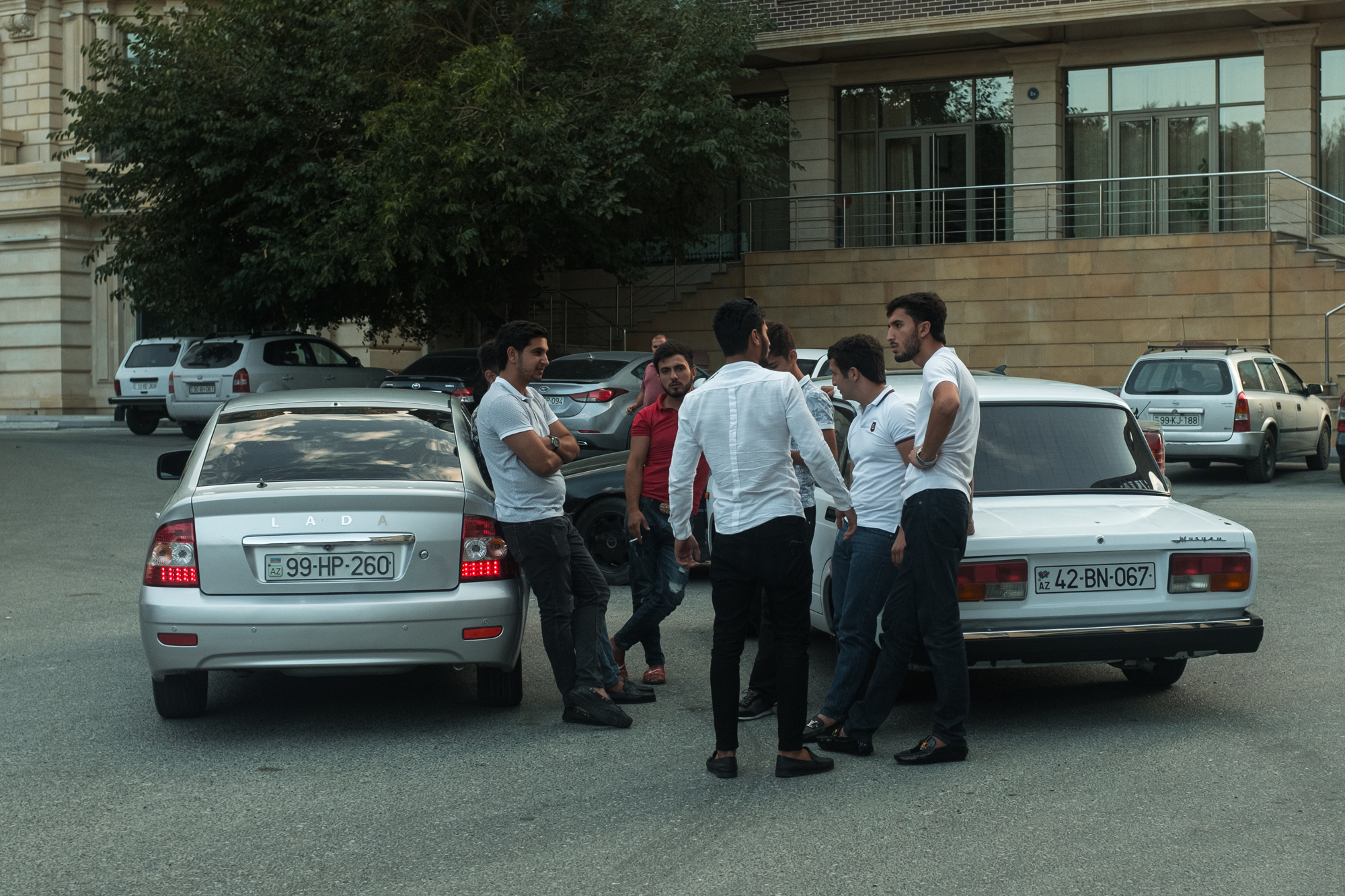

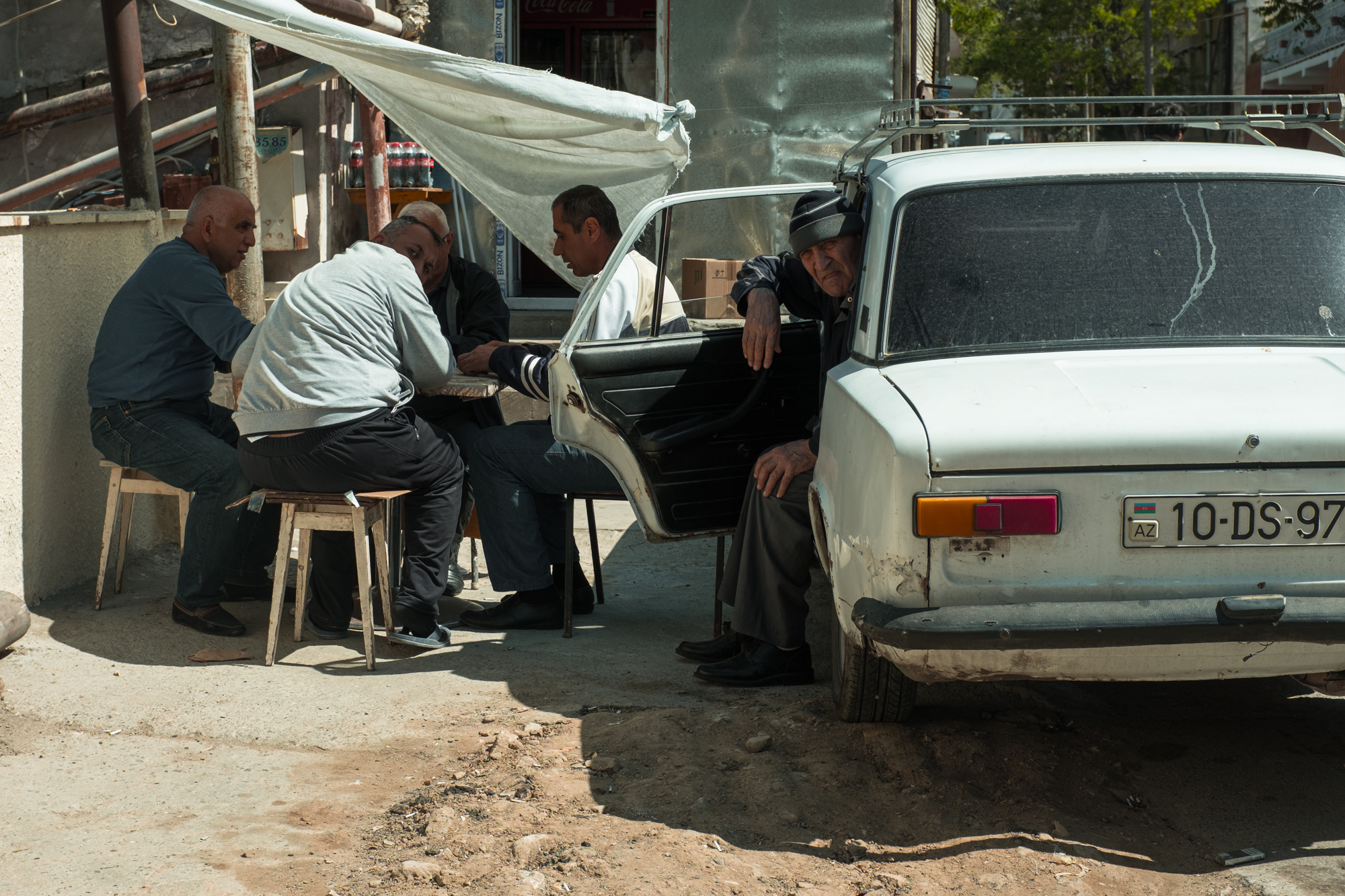
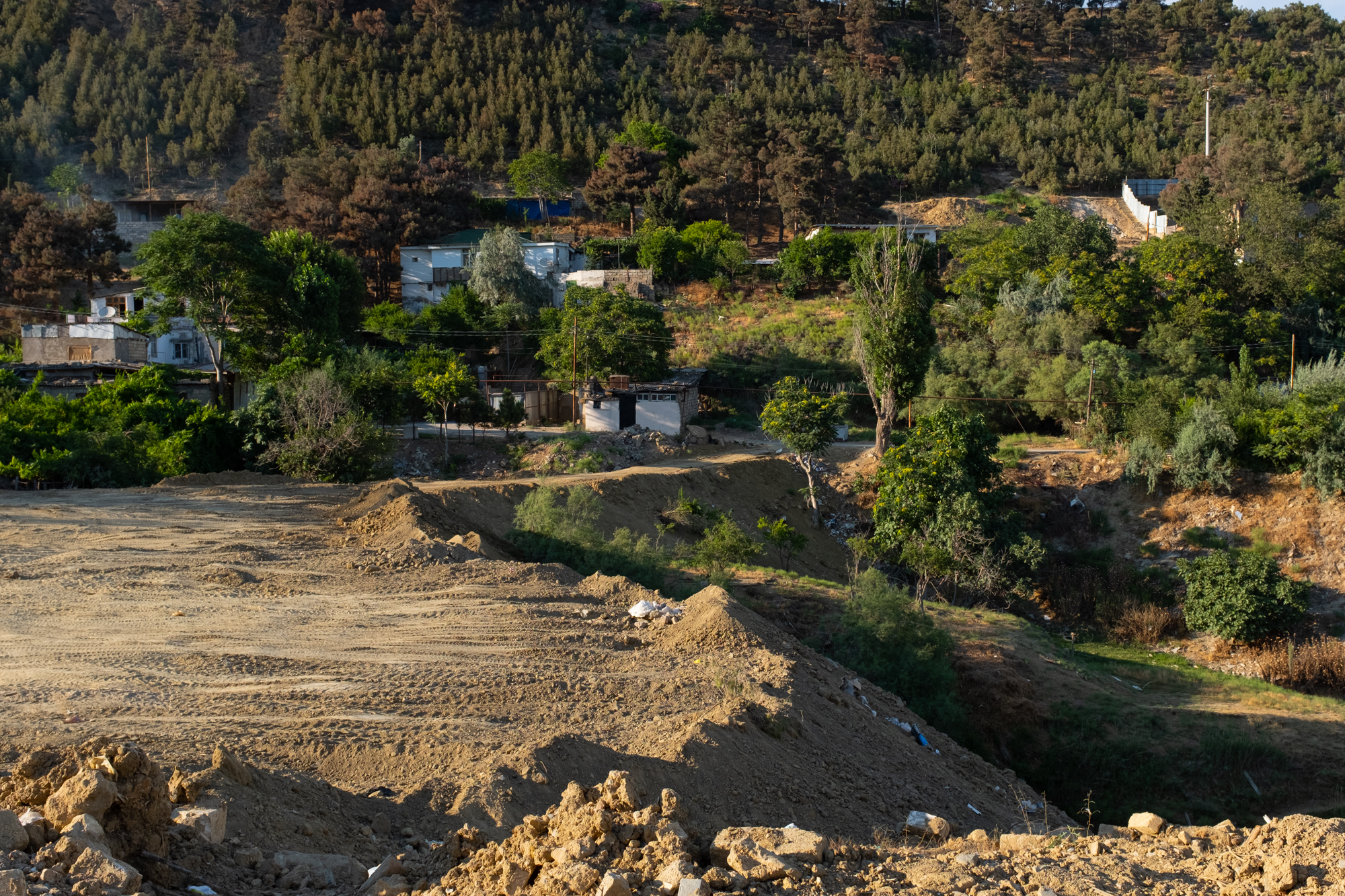



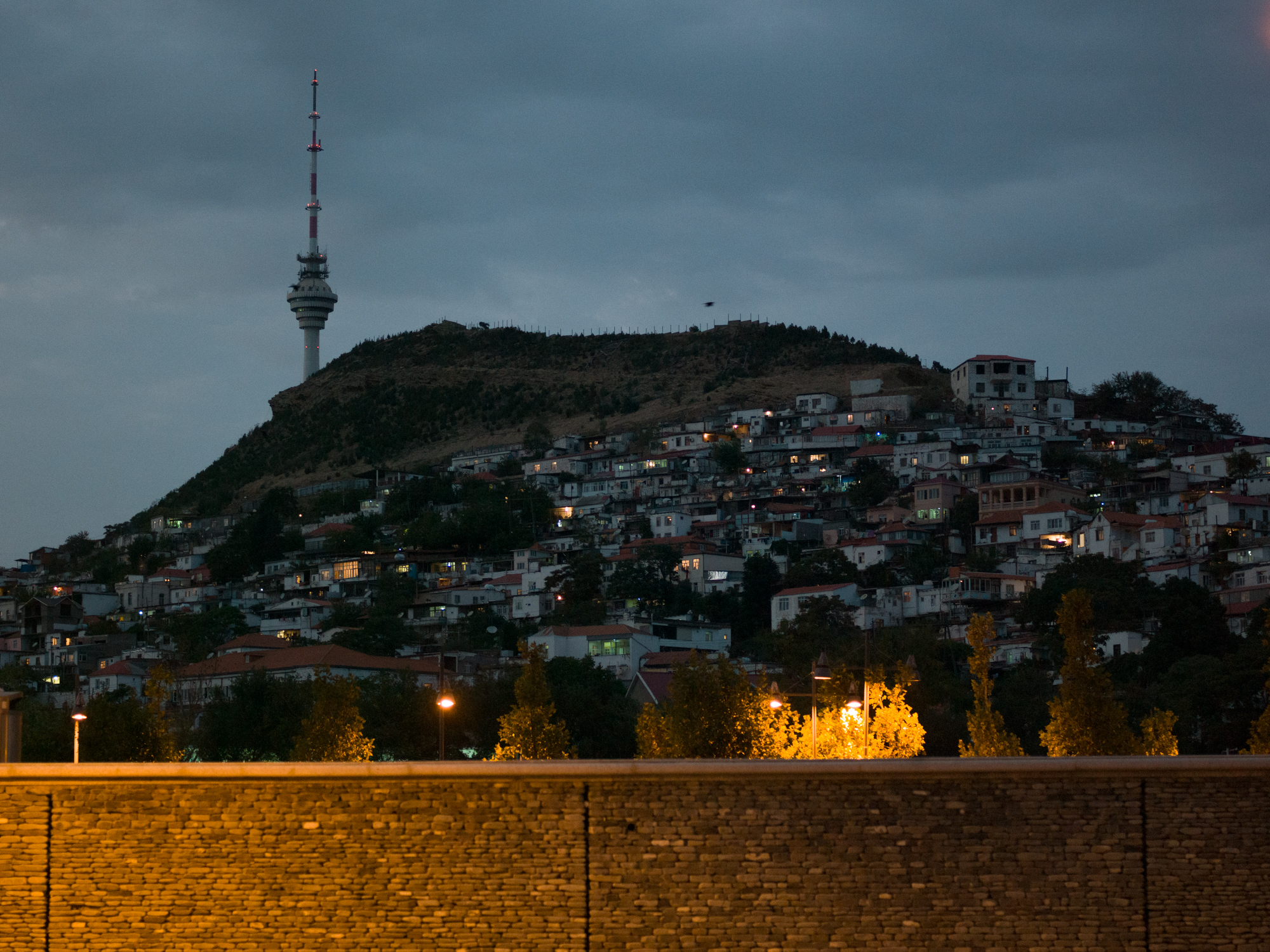
Now it is the main southern entrance to the Bayil settlement and Flag Square, home to the former highest flagpole in the world. Behind the new, bright buildings, there are neighborhoods that retain the same atmosphere that resembles the 1980s and 1990s. With my camera, I like to explore them, documenting the small courtyard groceries and taxi-funiculars that take residents up the steep slopes.
On the district’s horizon, between the old, handmade fences and the sky, which became a symbol of the city’s potential, you can see the newly built glass skyscrapers in the bright light of the coastal center of the city, as if portending future developments in Bayil.




Dear Sea,
I remember, of course, as well as how later my landscape began to change, while they pierced the sky, and then your coastline as well. But let's not talk about cruelty...
I also remember when, unlike humanity, I had to wait until the moon appeared in order for it to get light. But humanity—it glows every night and grows brighter over the years; so bright that I forgot about the moon.
With love,
Bayil

This photo essay was produced as part of the workshops led by photographer Heba Khamis, with the support of the Thomson Reuters Foundation.
DONATE NOW

